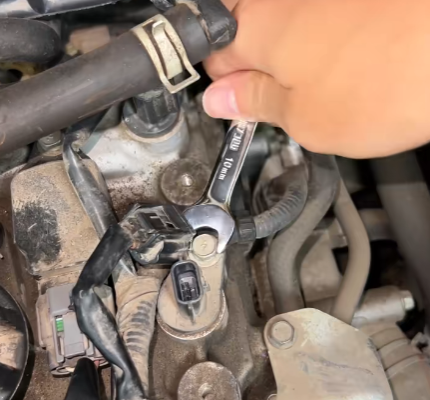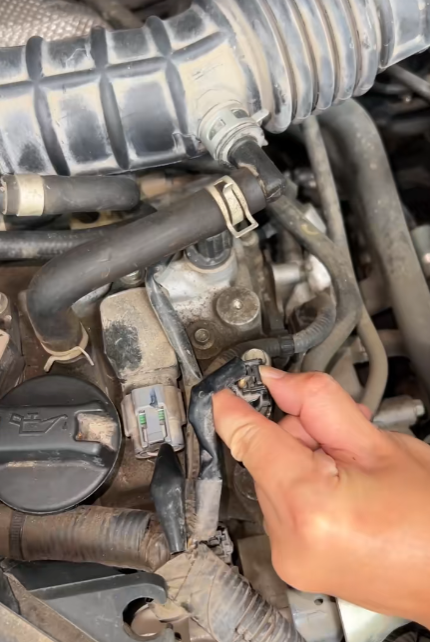
A car that refuses to start can be incredibly frustrating, especially if you’re in a hurry. There are several reasons why this could happen, ranging from a simple issue like a dead battery to more complex engine problems. Below, we’ll go through a step-by-step guide to help you diagnose and potentially fix the issue.
1. Check the Battery
The most common reason a car won’t start is a dead or weak battery. Here’s how you can check:
- Listen for clicking sounds: If you hear a clicking noise when turning the key, your battery might be too weak to start the engine.
- Test the headlights: Turn on your headlights. If they are dim or don’t turn on, your battery might be dead.
- Jump-start the car: Use jumper cables and another vehicle with a charged battery. If the car starts, the battery was likely the issue. Consider replacing it if it won’t hold a charge.

2. Inspect the Starter Motor
If the battery is fine but the car still won’t start, the starter motor might be faulty. Signs of a bad starter include:
- A clicking sound when turning the key but no engine movement.
- Dim dashboard lights when you attempt to start the car.
- A burning smell or smoke from the engine bay.
Solution:
- Try tapping the starter motor lightly with a wrench to see if it engages.
- If the problem persists, the starter may need replacement.
3. Examine the Fuel System
A car needs fuel to start. If there’s an issue in the fuel system, the engine won’t receive the necessary fuel. Steps to check:
- Ensure there is enough fuel in the tank.
- Check the fuel pump: Listen for a humming sound when turning the key to the “on” position. No sound could mean a faulty fuel pump.
- Inspect the fuel filter: A clogged fuel filter can block fuel from reaching the engine.
- Check the fuel injectors: Dirty injectors can prevent proper fuel delivery.
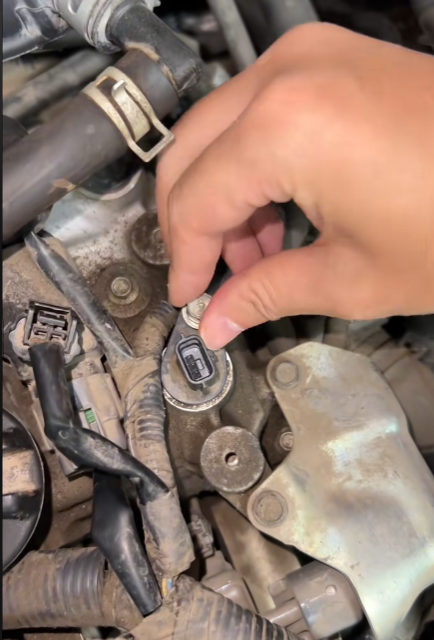
4. Test the Ignition System
Problems with the ignition system can prevent your car from starting. Some common issues include:
- Faulty spark plugs: If spark plugs are worn out, the engine won’t ignite.
- Damaged ignition switch: If turning the key doesn’t engage the engine, the switch may be faulty.
- Bad ignition coil: A failing coil can cause weak or no spark.
Solution:
- Replace worn-out spark plugs.
- Check the ignition coil and switch for signs of wear or malfunction.
5. Check the Alternator
The alternator charges the battery while the car is running. If it fails, the battery may not have enough power to start the car. Signs of a bad alternator include:
- The battery light on the dashboard is illuminated.
- Dim or flickering lights.
- Electrical components (radio, windows) not functioning properly.
Solution:
- Test the alternator using a multimeter.
- If the alternator is faulty, have it replaced.
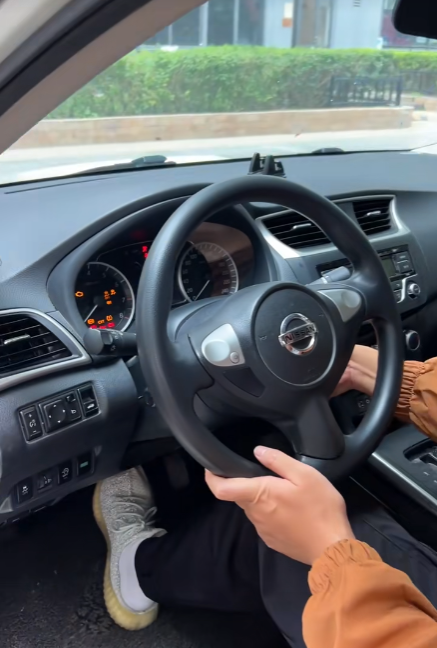
6. Look for Security System Issues
Many modern cars have built-in security systems that can prevent the engine from starting if there is an issue. Possible problems include:
- Faulty key fob: A dead key fob battery may prevent the car from recognizing the key.
- Anti-theft system lockout: If the security system detects an issue, it may disable the ignition.
Solution:
- Replace the key fob battery.
- Reset the security system according to the car’s manual.
7. Check for Transmission Issues
For automatic vehicles, if the car isn’t in “Park” or “Neutral,” it won’t start. Ensure the gear shift is in the correct position. For manual vehicles, a faulty clutch switch may prevent the engine from starting.
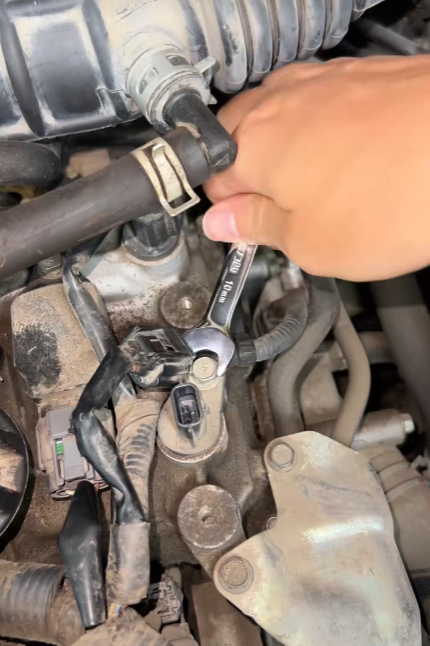
8. Look for Engine Problems
If none of the above solutions work, there could be a more serious engine issue, such as:
- Timing belt failure: A broken timing belt will prevent the engine from running.
- Seized engine: If the engine won’t turn over at all, it might be locked up due to lack of oil or overheating.
Solution:
- Consult a professional mechanic if you suspect engine damage.
Final Thoughts
A car that won’t start can be due to a variety of issues, ranging from minor battery problems to major engine failures. By following this step-by-step guide, you can diagnose and potentially fix the problem. If all else fails, seeking professional help is the best course of action to avoid further damage to your vehicle.
